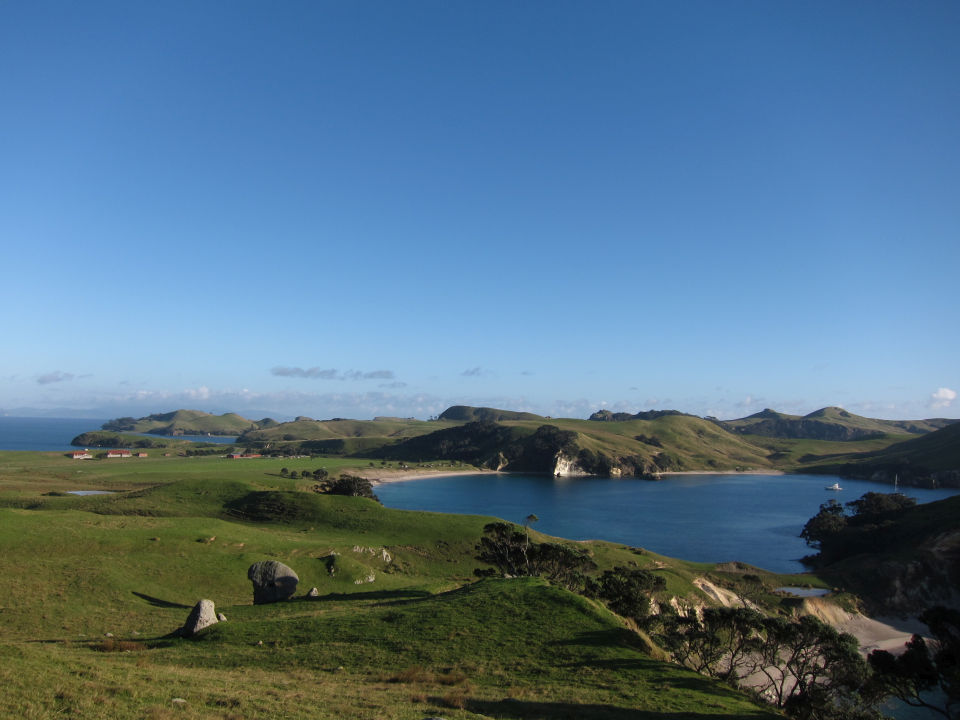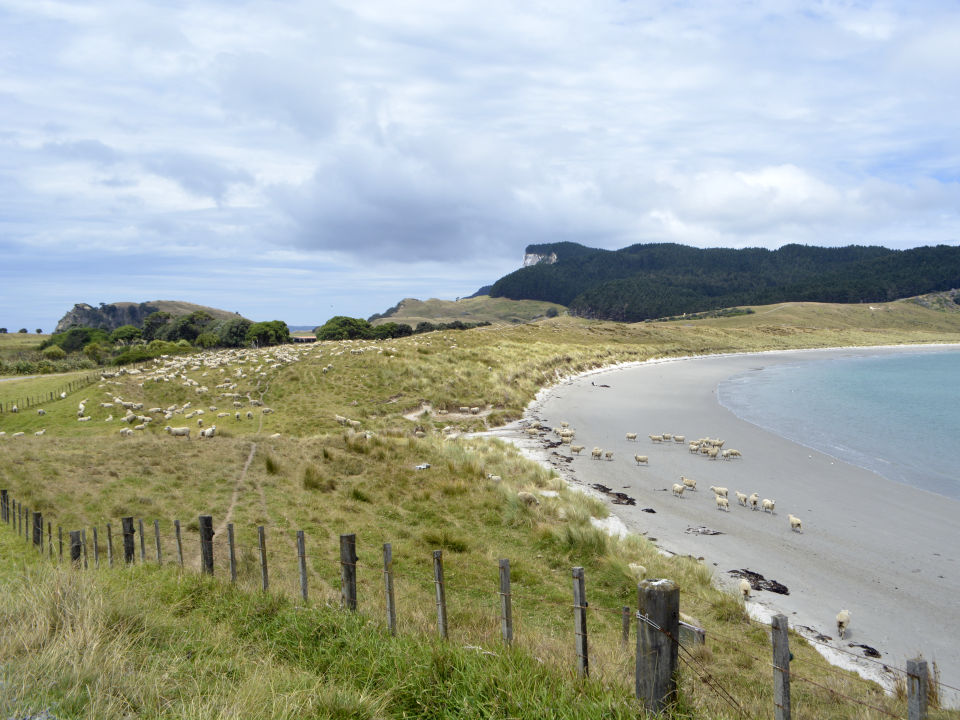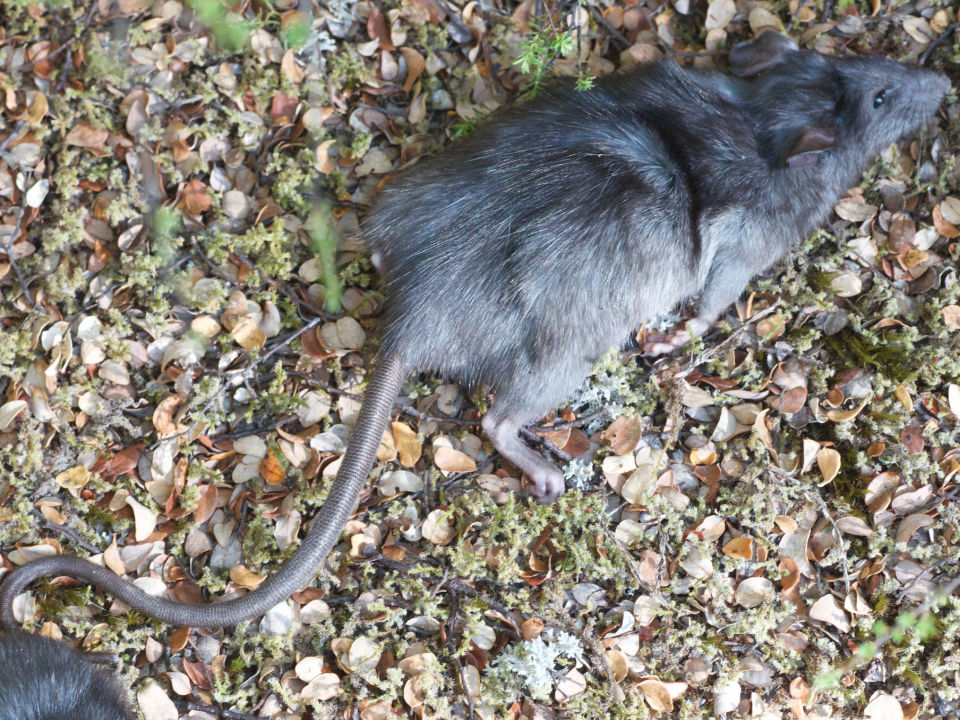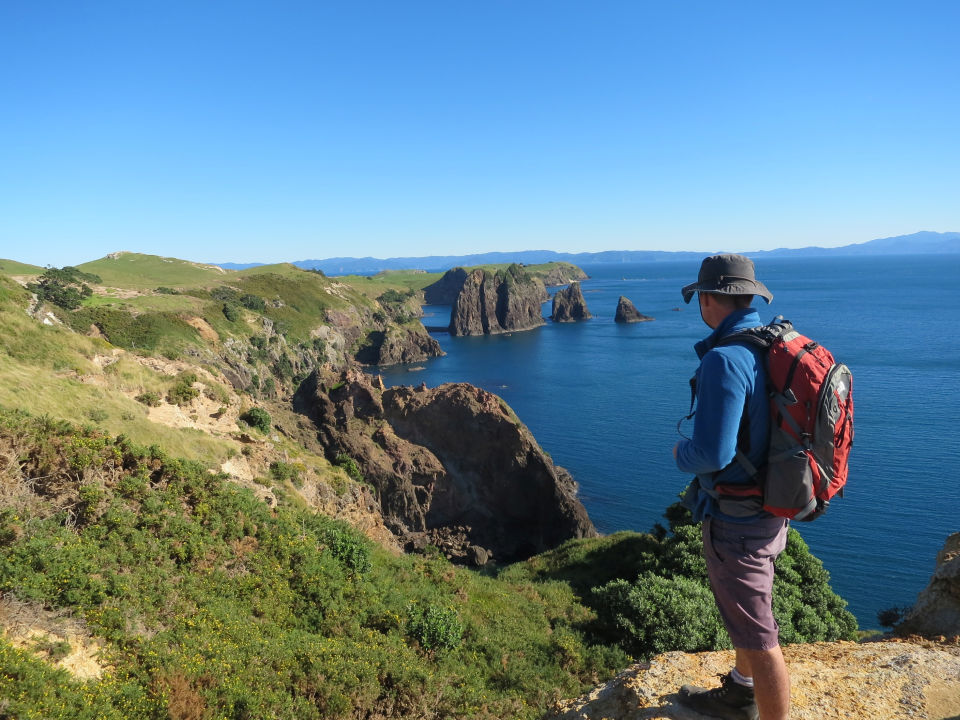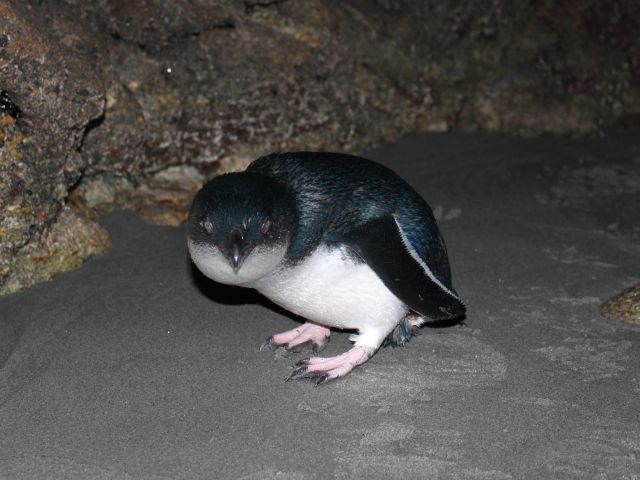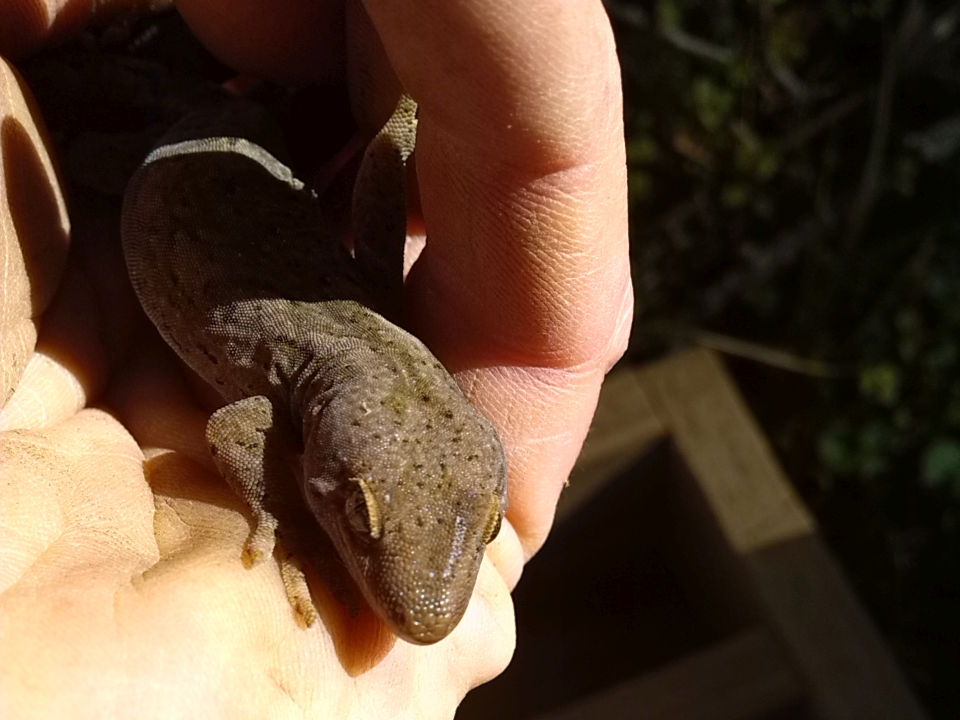A 50/50 deal
The owners of Ahuahu Great Mercury Island, Sir Michael Fay and David Richwhite, worked with DOC to get rid of pests. Fay and Richwhite had the money and the motivation to get the job done. Together they contributed $750,000 and the use of the island’s facilities, boats, even a helicopter. This matched the amount contributed by DOC. It was a 50/50 deal of a kind that DOC had not carried out before. It was also a successful partnership that achieved amazing results.
How were rats and feral cats removed?
Eradication of rats and cats from Ahuahu Great Mercury took place during winter and spring 2014. The six-month project was a complex task. DOC provided specialist skills in species management, island pest eradication and island biosecurity.
Helicopters applied rat poison pellets over the island. The pellets contained Brodifacoum, a commonly used poison for rodents. The pilots used GPS technology to ensure targeted spread of bait. The helicopters carried specially designed buckets for the bait drops.
All stock was removed from the island before the operation. They did not return for several months after the poison application was complete.
Due to the island’s terrain, it was a challenging task to make sure the island was pest free. Conservation dogs detected the last remaining cats on the island. They then checked for rats and mice on a continual, rotational basis.
The final aerial operation to remove the last of the rats and feral cats took place on 11 August 2014.
How has pest eradication helped?
The project showed immediate success. For example, in 2012 there was only one grey-faced petrel chick and in 2014 there were 20.
Removing rats and feral cats from Ahuahu Great Mercury has made the island safer for native birds. This includes kākā, kākāriki, little blue penguins/kororā, New Zealand dotterel/tūturiwhatu, petrels/tāiko and other sea birds.
Taking these pests away has helped tuatara, native geckos, skinks, Mercury Island tusked wētā and other insects, as well as 50 species of native land snails. It will also enable DOC to move endangered native wildlife onto Ahuahu Great Mercury in the future.
The pest eradication project was important because the islands near Ahuahu Great Mercury are pest free and close enough for pests to swim to them.
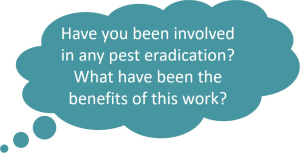
- Ahuahu-Great Mercury Island declared pest free – media release 13 May 2016.
- Read more about the Mercury Island tusked wētā - article by DOC ranger Rob Chappell.

